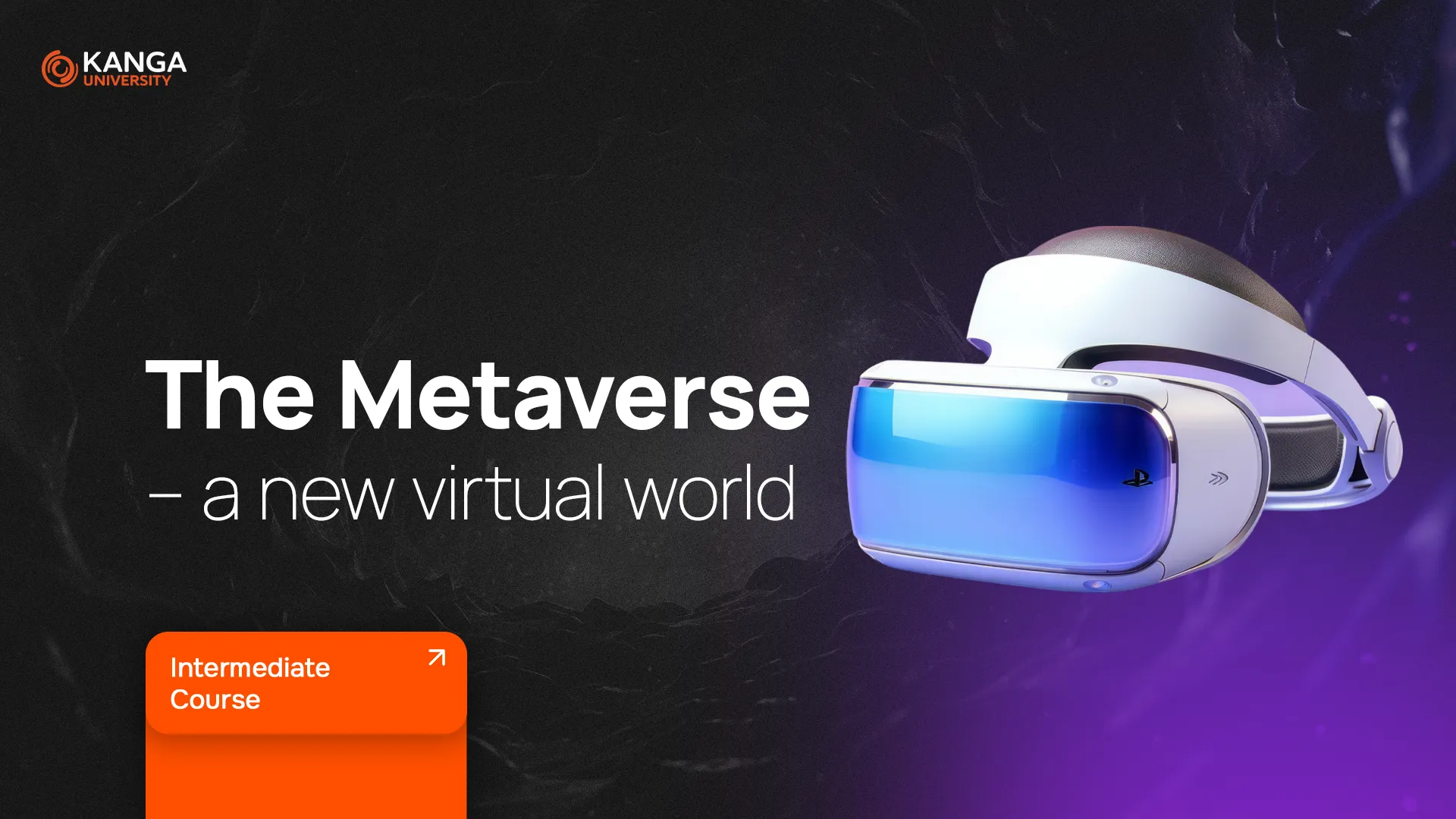
Imagine a world where you can attend concerts, work, hang out with friends, go shopping, or even travel—all without leaving your home. That world already exists, and it’s called the Metaverse. It’s more than just a video game or social media platform. It’s the future of the internet, and it’s becoming real faster than you might think.
Where Did the Idea of the Metaverse Come From?
Even though it sounds futuristic, the concept of the Metaverse isn’t exactly new. It first appeared in Snow Crash, a 1992 novel by Neal Stephenson, where people lived a second life as digital avatars. Fast-forward to today, and this idea is becoming reality through technologies like virtual reality (VR) and augmented reality (AR). In the Metaverse, users are represented by customizable avatars—they can look however you want them to look. Sounds cool, right?
Why Are Big Tech Companies Betting Big on the Metaverse?
Take Mark Zuckerberg, for example. He rebranded Facebook into Meta to reflect his focus on building a digital universe where people can own land, socialize, run businesses, and attend events—all in virtual space. Users will enter this world through VR headsets designed to be intuitive, even for beginners.
Meta plans to make money from advertising and commerce in this new world. Users will own their digital spaces and virtual goods. While this vision will take time to fully develop, Meta—and many other companies—are already shaping the internet’s future.
Other tech giants like Microsoft, Apple, Nvidia, and Sony are also investing billions in building their own Metaverse ecosystems. New marketing models are emerging too—especially D2A (Direct-to-Avatar), where brands sell products straight to avatars instead of real people.
For example:
-
Gucci sells digital handbags in Roblox that cost more than the physical ones.
-
Nike’s Air Jordans are available in Fortnite.
-
Even Coca-Cola has made its way into virtual platforms like Decentraland.
The Role of Gaming in Building the Metaverse
Popular games like Minecraft, Roblox, Fortnite, and Animal Crossing are laying the foundation for the Metaverse. Together, they already attract over 2 billion players. During the COVID-19 pandemic, virtual worlds became places where people hosted meetings, weddings, and even built digital businesses.
How Blockchain and NFTs Fit Into the Metaverse
To make all this work securely and efficiently, the Metaverse relies on blockchain technology. It allows people to own digital assets (like land or art), verify transactions, and avoid middlemen.
NFTs (Non-Fungible Tokens) take this further. They can represent your avatar’s clothes, concert tickets, art, or even your identity in the Metaverse. And because everything is stored on the blockchain, ownership is transparent and protected.
Real-Life Examples of the Metaverse in Action
-
H&M opened its first virtual store in CEEK City, where you can try on clothes in VR before buying them in real life.
-
Bentley used VR and AI with Nvidia to create a digital twin of its factory.
-
Apple is working on AR holograms that could change how we hold business meetings and interact socially.
This is just the beginning—brands are exploring endless ways to connect with consumers through virtual worlds.
Is the Metaverse Just a Passing Trend?
Some critics call the Metaverse a fad, comparing it to the NFT hype or a fantasy created by Mark Zuckerberg. But they might be missing the bigger picture.
For Generation Alpha, the Metaverse already feels like home. To them, playing games online is not just entertainment—it’s a key part of their social lives. Walking through virtual mountains in a game can be more exciting than scrolling through Instagram.
Big money is following this trend too:
-
Sony invested $200 million in Epic Games (makers of Fortnite).
-
Boson Protocol spent $700,000 on virtual land in Decentraland to build a shopping mall.
Does that sound like something temporary? Probably not.
Quick Stats That Speak Volumes
-
87% of Gen Z and 83% of millennials play video games.
-
Over 65% of Gen Alpha spend real money in games—for example, to buy digital skins or accessories.
-
Since 2021, the number of digital wallets in Metaverse platforms has grown 10x.
-
The total market cap of the Metaverse is already estimated at $30 billion+.
Summary
The Metaverse isn’t a distant dream—it’s already here. It’s changing how we play, shop, meet, work, and create. While it may take years to reach its full form, the building blocks are in place. And the people who understand how it works now will be ahead of the curve tomorrow.
Whether you’re an artist, gamer, developer, or investor—Metaverse is something you’ll want to watch closely.
Explore the world of cryptocurrencies with Kanga Exchange